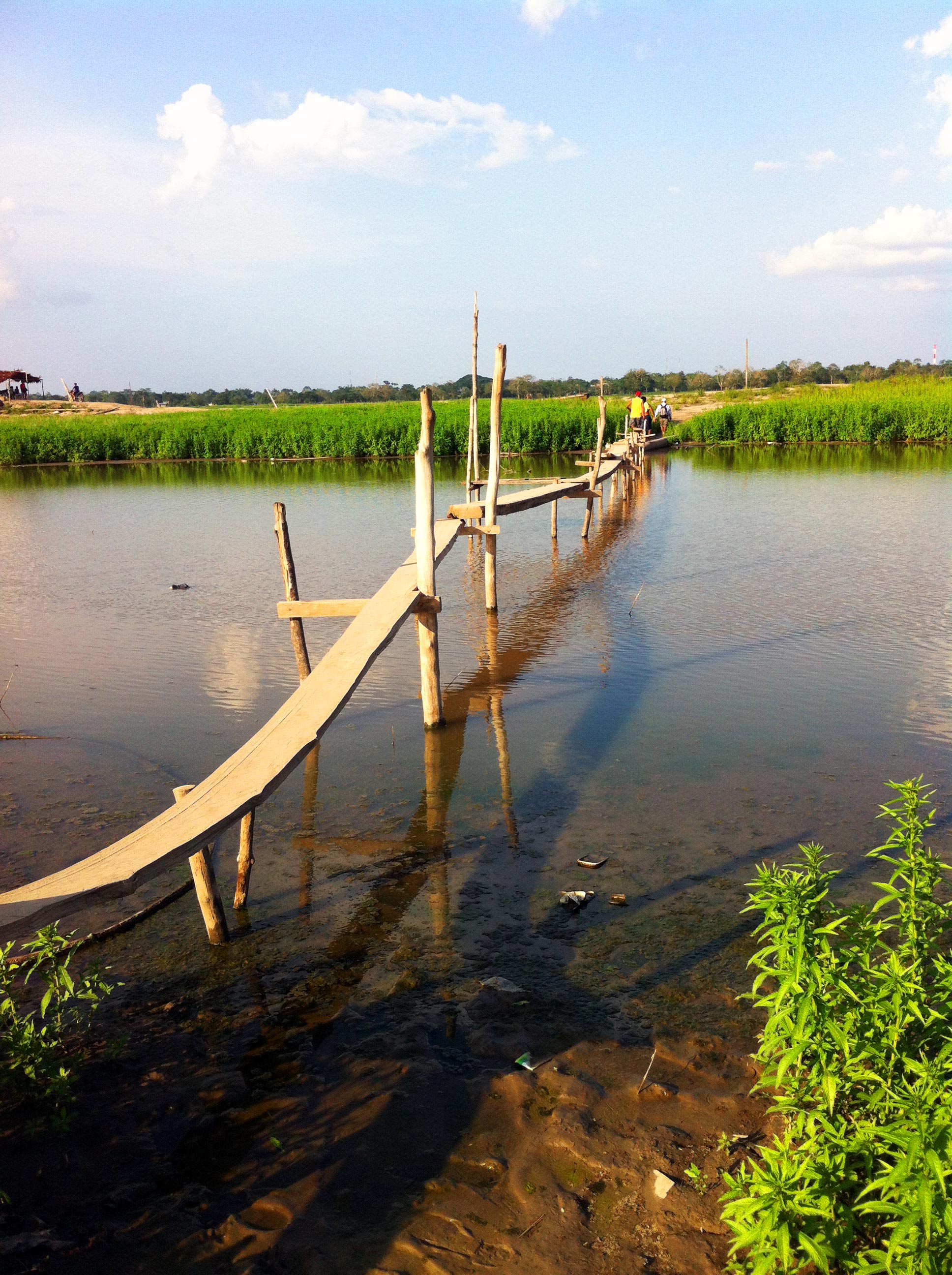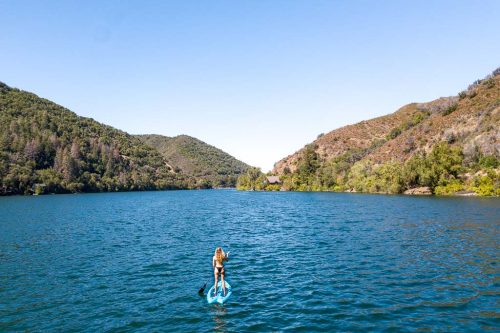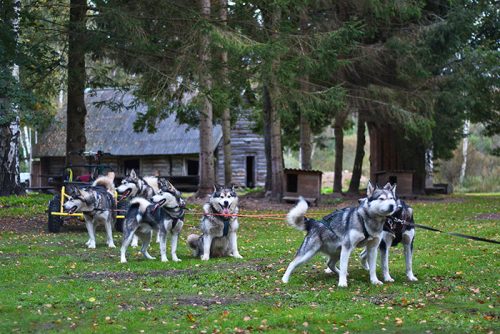It’s 2pm and we’ve hit the end of the road in northern Peru. Actually it’s the end of the river, and by this stage it has taken us 4 idle days of slow boats to arrive in the middle of nowhere; a town called Santa Rosa. A grass trodden path leads us to a thin wooden plank bridge that we must cross before getting into town. The wood bends and bows under the weight of our heavy backpacks and we’re cautious of falling into the murky waters. After 10 shaky minutes we step off intact and still dry. In the midst of our celebration we turn back to witness an older lady, who appears to be pushing 80, cross carrying a basket of clothes on her head with ease. We tell ourselves she’s obviously had a lot more practice and shrug off the spectators giggles from afar.
We’re on the Peruvian side of the Amazon River and are looking for the immigration office to stamp out, not an easy task. There are barely any signs to show it’s location and we manage to walk past it a number of times before finally discovering it. From the outside it simply looks like a residential house, with pealing paint on the weatherboard from a blistering sun. There is an instant presence of lethargy in the building and from behind the desk a man raises one eye from a magazine, clearly bothered by us interrupting his “work”.
This tri-border is home to all the dark and dangerous things that you associate with the depths of the Amazon jungle. Sex trafficking, the trade of endangered species, black markets and all the other mysterious activities that come with a city on the edge of the unknown. If you’re on the run or looking for those less conventional market items, you’re come to the right place. It’s no wonder this has a reputation as one of the dodgiest places in South America.

In the morning we leave Peru and take a rickety old boat across the narrow river and enter Colombia territory for the first time at Leticia. Across the main highway we can walk into Brazil at Tabatinga. 3 different currencies circulate the area, making conversions a nightmare. We have 24 hours to officially check in, but nobody seems too rushed in the suffocating heat of a city surrounded by dense jungle.
At the airport we see faded posters warning travellers of the penalties for partaking in any of the illegal activities that make this region infamous. Somehow I feel these warnings aren’t very usefully positioned. It’s hard to imagine a man trying to check a baby tiger into his hand luggage and then being surprised once he spots these preventative posters. However, as a man at the airport tells us, stupider people have been caught.
After a few days we were ready to get a move on. The opportunistic temptations of the dark jungle don’t entice us to stick around and we’re over the heat. We’d already completed a jungle trip, so there really isn’t too much to see except the inner workings of a multicultural city that trades in much more than an assortment of currencies . We board our flight to the north of Colombia and farewell The Amazon from the clouds.







